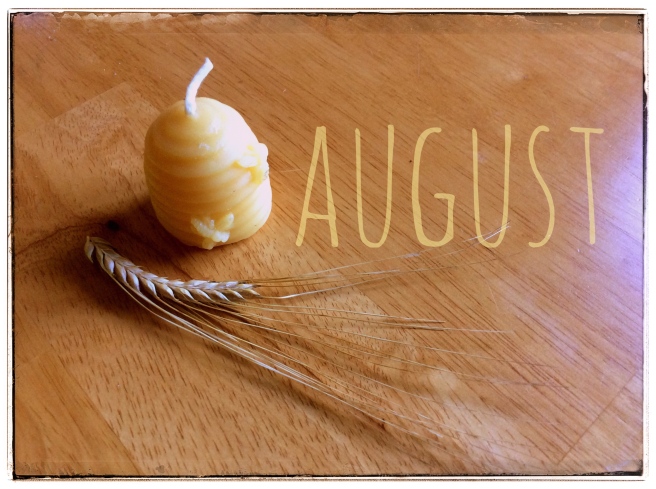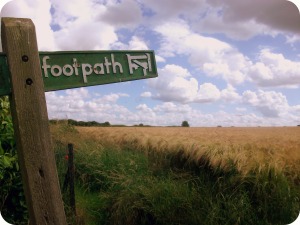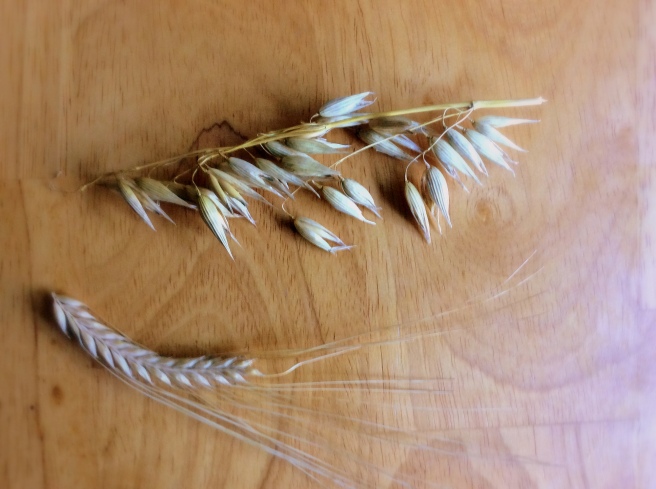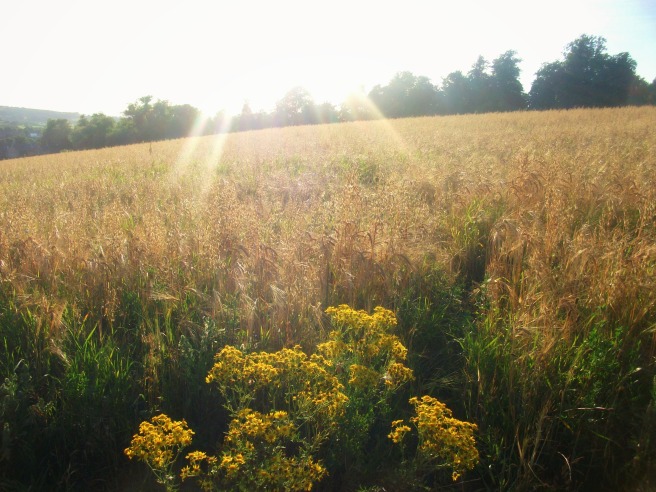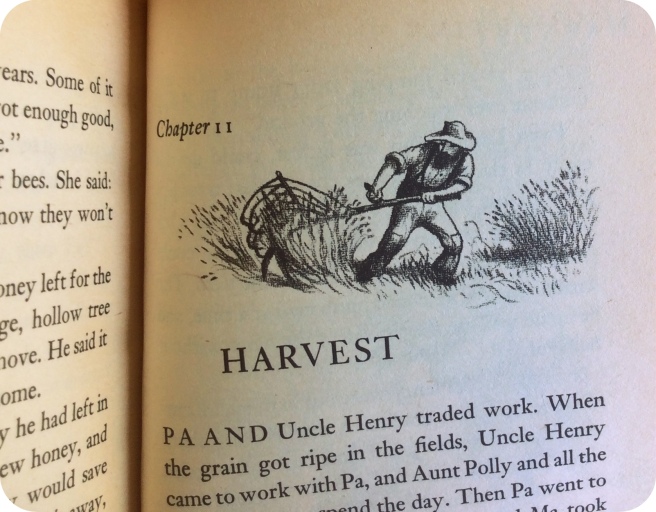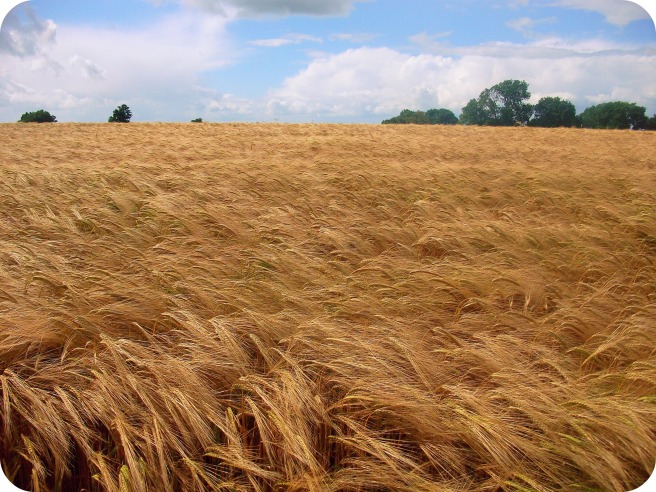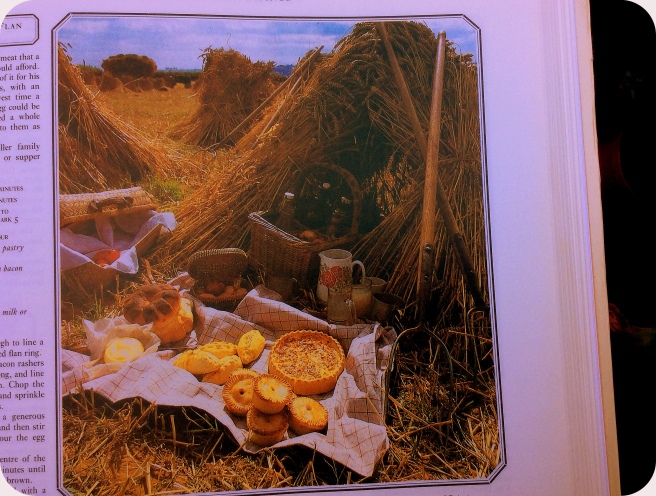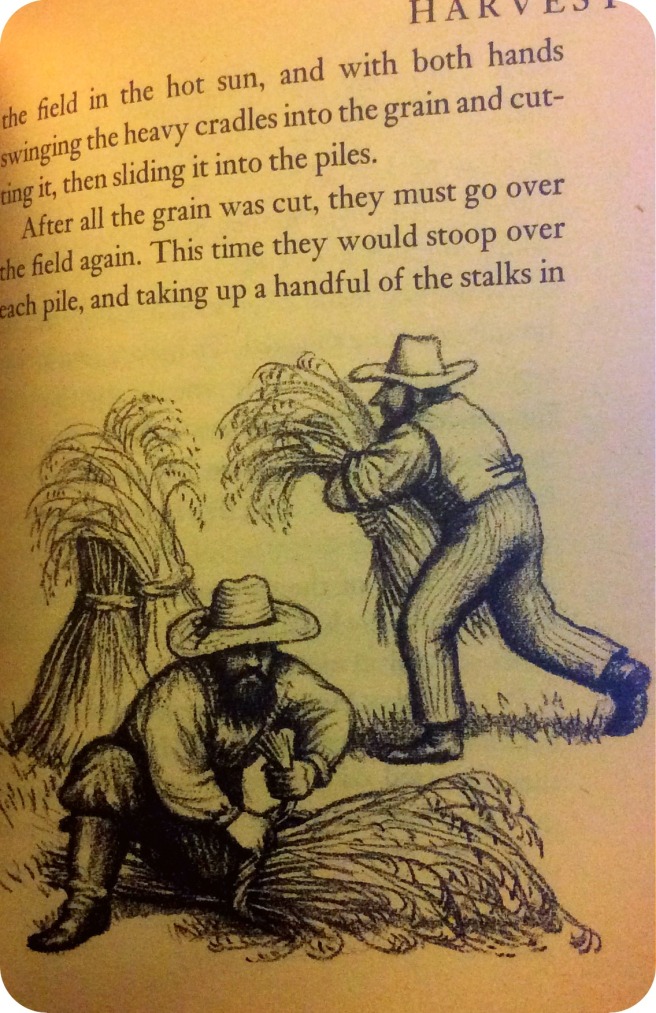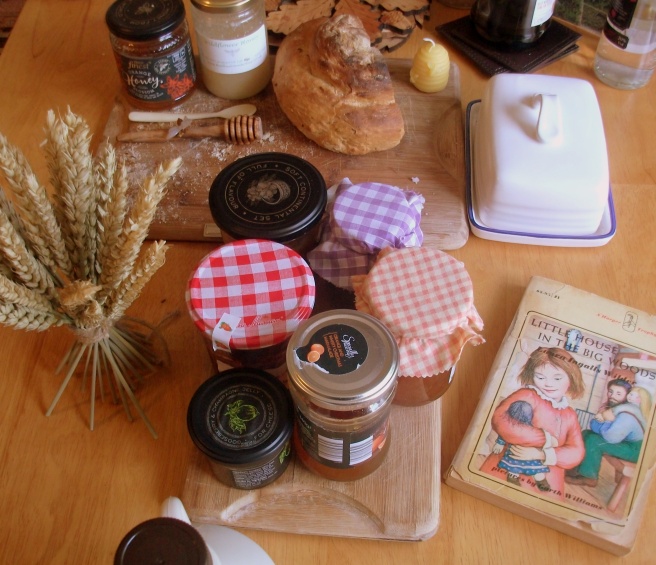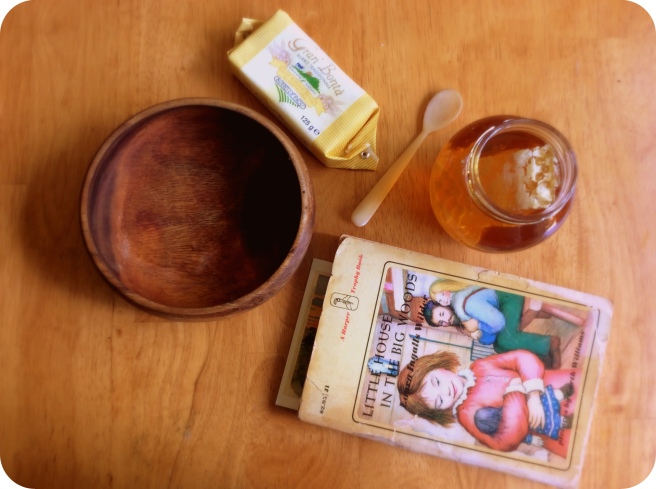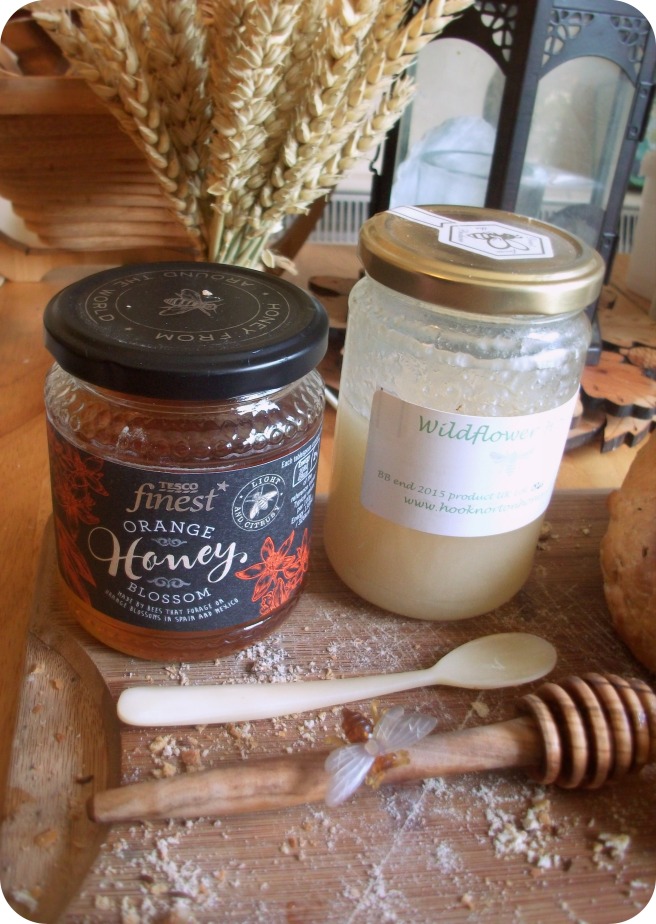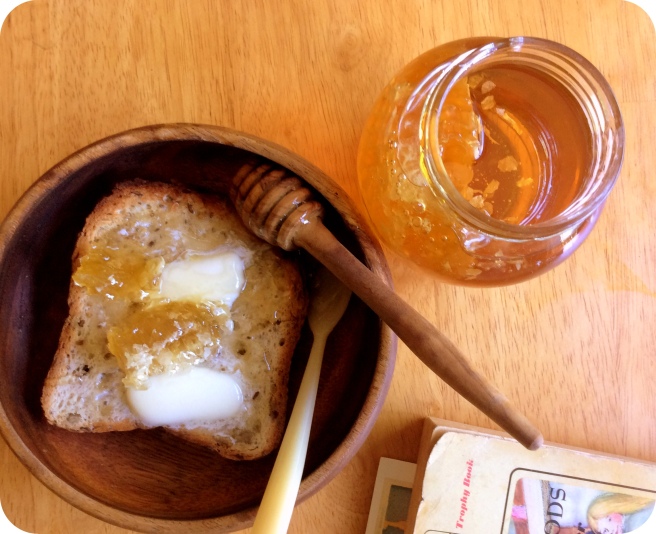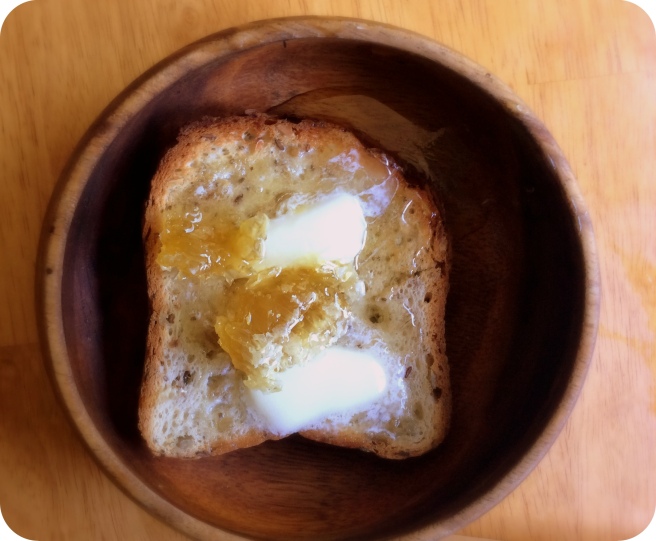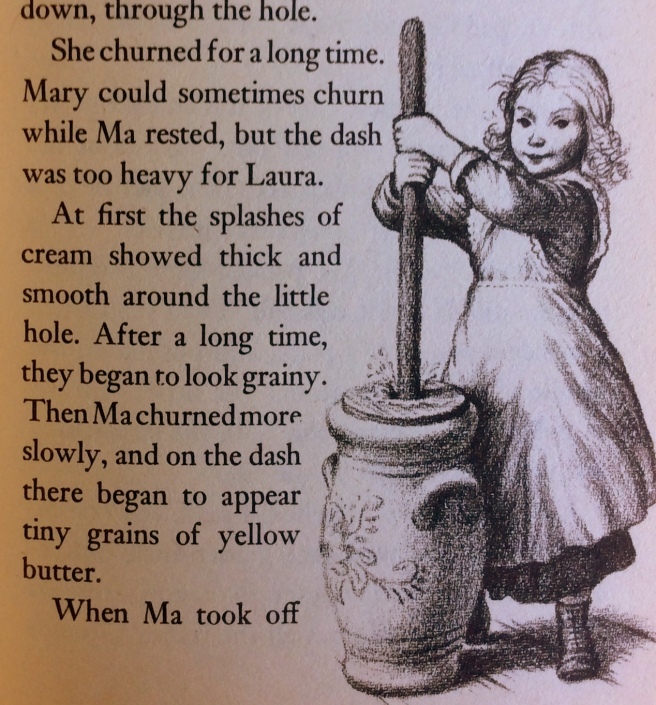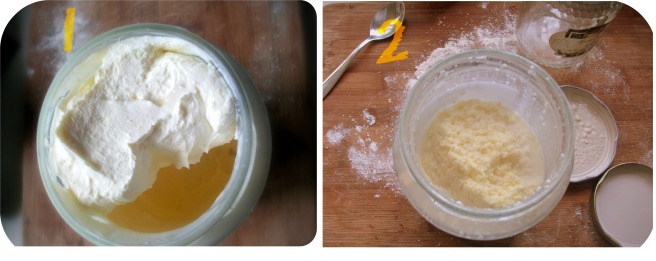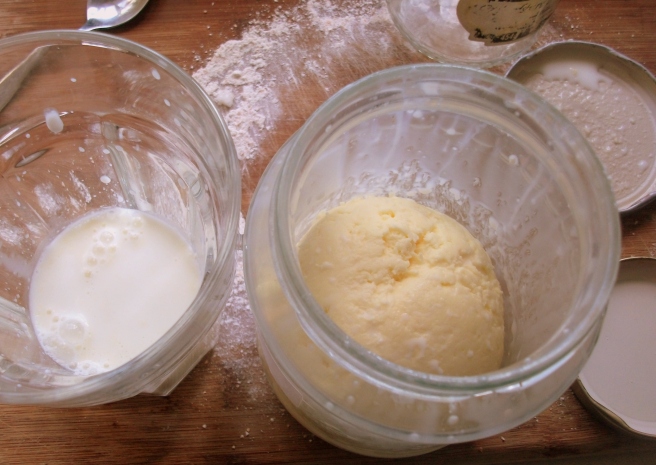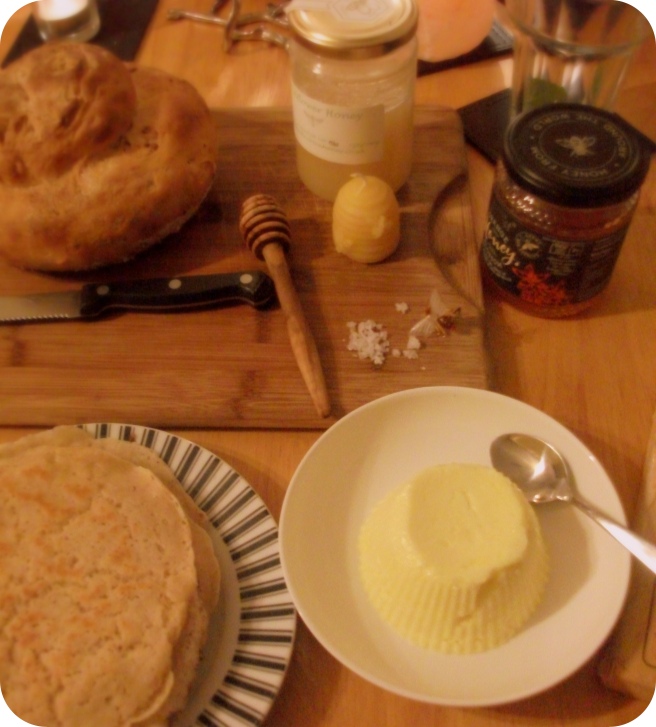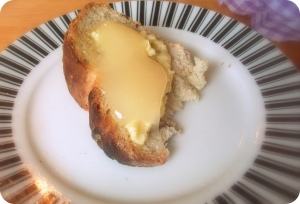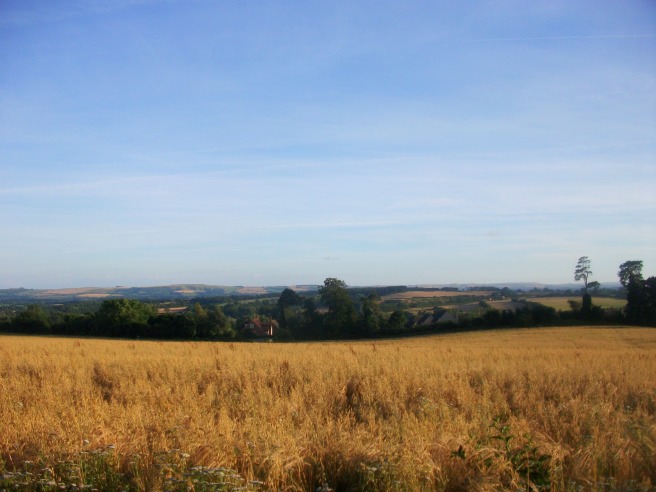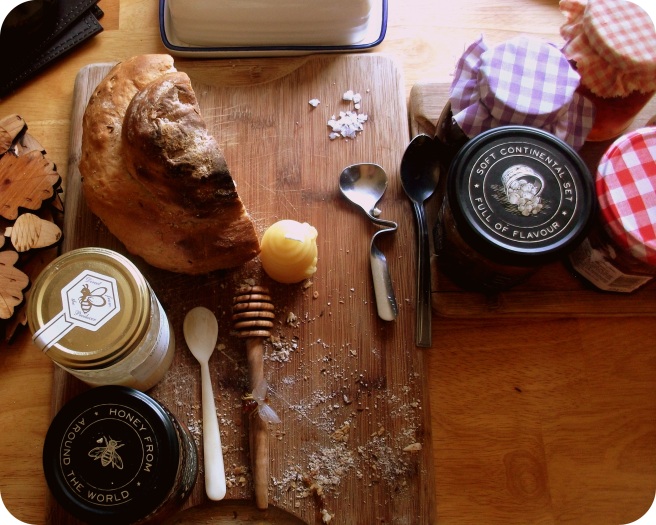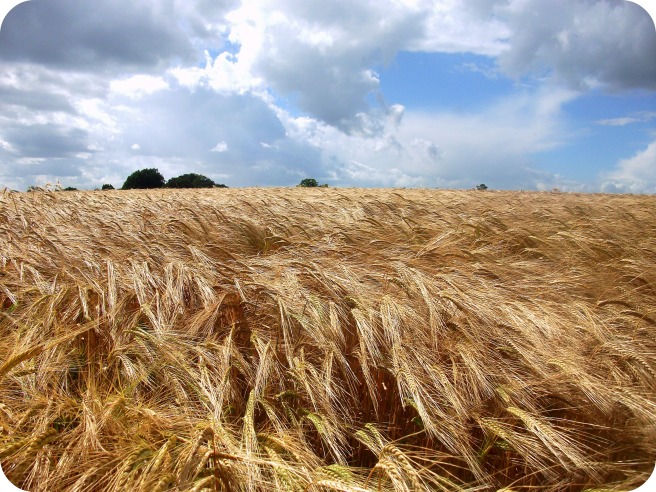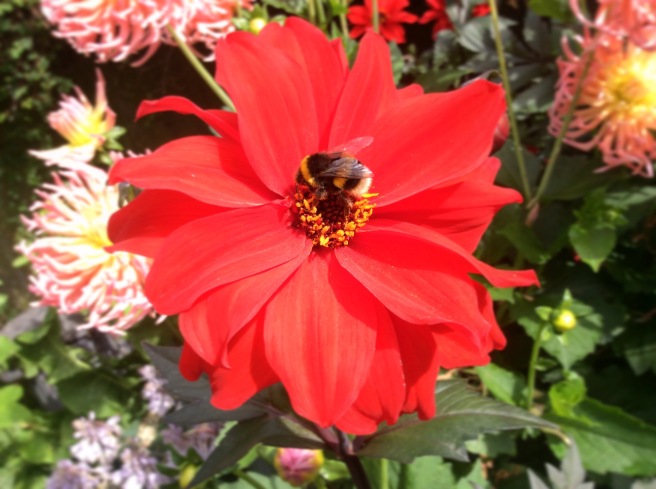Book:
Snow White by the Brothers Grimm, freely translated from the German by Paul Heins, illustrated by Trina Schart Hyman
1974, Little, Brown & Co.

Yesterday we went out into the fields to do our last foraging of the Autumn. We found blackberries, rose hips, haws, sloes, and damsons. Now is the time of year to finish storing up all the bounty you’ve gathered in for the Winter.
I think it’s fun to really get involved in each season. The time around Hallowe’en, Bonfire Night, and their less-remembered cousins, All Saints’, All Souls’, Samhain, and Winternights, are a reminder of how people used to view this time of year. It was a liminal time, when it was no longer safe to go out late, because of the spirits, elves or goblins which might be about. So instead it was the perfect time to stay in and be festive and cozy with your friends and family, and enjoy the fruits of the year.

This Hallowe’en I plan to spend doing just that. I don’t like anything too creepy, but I think it’s a nice time to read some of the older fairy tales, which certainly had their share of darkness and weirdness. If you look for the original Grimm’s tales, for example, they are a lot different from the ones we are familiar with.
This version of Snow White is translated from the original German and retains all of the darker elements from the folktale. I think we all know the basic story of Snow White, so I will focus on the ways in which it differs from the modern version.
The story opens immediately with some evocative imagery:
Once in the middle of winter, when snowflakes were falling like feathers from the sky, a Queen sat sewing by a window, and its frame was of black ebony. As she sewed, she glanced up at the snow and stuck her finger with the needle and three drops of blood fell into the snow. Since the red seemed so beautiful against the white, she thought to herself, “If only I had a child as white, as snow, as red as blood, and as dark as ebony.”

The story carries on with the birth of Snow White, the death of the Queen, and the introduction of the evil stepmother Queen and her obsession with being the fairest in the land. When she sends the huntsman to kill Snow White, however, she asks for her lungs and liver. And when she receives what she believes to be them (the huntsman actually kills a boar), she eats them.
Snow White finds the house of the Seven Dwarfs, where there is a nice little reverse Goldilocks sequence where she eats and drinks a little bit from each of the seven plates/cups because she doesn’t want to take too much from any one person. She then tries out several beds before she finds one the right size for her. The dwarfs come home and perform the three bears part of the sequence by exclaiming “who has been eating from my little plate?” and “who has been lying in my bed?” It would be interesting to find out whether this influenced The Three Bears, or the other way around, or if it was a common story trope at the time.
 After that the evil Queen comes after Snow White, of course, except in this version she does it three times. The first time she comes selling lacings for corsets. She pulls the laces so tight that Snow White cannot breath and falls down as if dead, but when the dwarfs loosen the laces she is fine again. The second time the Queen comes selling combs, which are poisoned so that when it is stuck into Snow White’s hair she again falls down as if dead. But the dwarfs remove the comb and she is fine. Each time the dwarfs warn Snow White to never, ever let anyone in when they are away, and to not take anything from anyone. It makes Snow White seem not too bright that she keeps doing this, but the story emphasises that she is young and trusting.
After that the evil Queen comes after Snow White, of course, except in this version she does it three times. The first time she comes selling lacings for corsets. She pulls the laces so tight that Snow White cannot breath and falls down as if dead, but when the dwarfs loosen the laces she is fine again. The second time the Queen comes selling combs, which are poisoned so that when it is stuck into Snow White’s hair she again falls down as if dead. But the dwarfs remove the comb and she is fine. Each time the dwarfs warn Snow White to never, ever let anyone in when they are away, and to not take anything from anyone. It makes Snow White seem not too bright that she keeps doing this, but the story emphasises that she is young and trusting.
The final time, the Queen makes the poisoned apple. This one is more clever though, as she predicts that Snow White will be more cautious after being nearly murdered twice. So she makes one side of the apple red and poisonous, and one side white and harmless. She shows Snow White that she will eat half the apple herself, so it must be safe. Of course Snow White gets the red half, and falls down dead.
This time, although the dwarfs try everything, they cannot wake her, so they make the glass coffin for her and keep watch over it. 
Interestingly, in this version the Prince does not wake Snow White with a kiss, which is good, but instead asks the dwarfs if he can take her away with him so he can always look at her, which is also a bit creepy, but then again she’s dead so it hardly matters to her where her coffin is.
Except when the Prince’s men are carrying the coffin away, they stumble and jostle it, and the piece of apple is dislodged from Snow White’s throat. She wakes up, the Prince immediately proposes, which she is apparently perfectly happy with, and the wedding is arranged. There is a bit of a different ending, however. The Queen is invited to the wedding, but when she arrives, she is made to dance in red hot shoes of iron until she is dead.
The end!

Obviously this book is not for very young children, even though it is a picture book with fairly simple text. But older children can enjoy the creepiness and discuss why tales like this were told long ago. It is clearly a cautionary tale for young people about letting in strangers or accepting gifts, but also an aspirational story about being rewarded for kindness. It perhaps also is about the perils of being obsessed with physical beauty.
The illustrations, by Trina Schart Hyman, have a great moody, dark quality to them which complements the story. They are fun to pore over on a gloomy evening, to see all the details she put in.
To go with a dark story, I have made a dessert which is both red as blood and dark as ebony. It is not made with apples, but with damsons. If you cannot find damsons, you can use any other dark fruit instead, but you may have to thicken it more and adjust the sugar (as damsons are very tart). Kissel is a sort of syrup, popular in Eastern Europe and Russia, which can be either a drink, or a dessert with pancakes, ice cream, or cream.
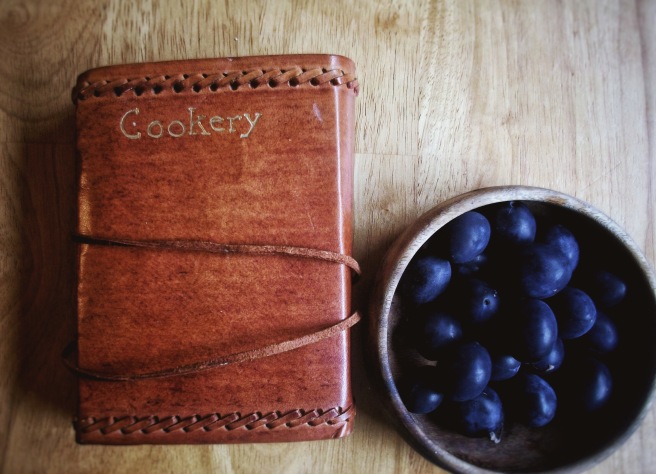
Damson Kissel
Ingredients
1 lb damsons
4 Tbsp sugar
1 Tbsp potato flour, cornflour or arrowroot

Method
Wash the damsons and put into a pan. Cover with water and bring to the boil, then simmer until the fruit is soft. Push through a sieve or squeeze in a cheesecloth or jelly bag to remove the stones and skins. At this point I had about 2 cups of purée. Add the sugar and warm in a pan until the sugar is dissolved. Put the cornflour or substitute into a bowl and dissolve in tablespoon or so of warm water, add it to the fruit puree and stir over a low heat until it is like a thick syrup. Pour into bowls and serve at room temperature, with yogurt, cream, pancakes, porridge, or milk kissel, which is pretty much the same thing but made with milk instead of fruit.
If you use a bit less cornstarch, this would be a very fun, slightly gruesome-looking drink for Hallowe’en! And as a syrup there are so many uses for it.

Happy Hallowe’en!






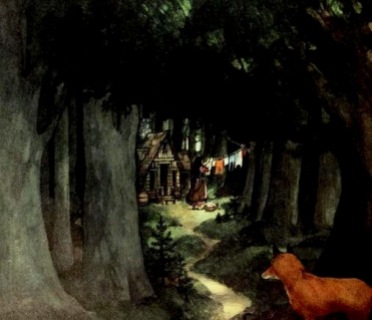









 It’s a bit late in the year and a lot has been picked over, but we found rose hips, haws, sloes, bullace, damsons, and of course blackberries. There will hopefully be enough to make at least one jar of hedgerow jam or chutney for the Winter. And it is just fun to do!
It’s a bit late in the year and a lot has been picked over, but we found rose hips, haws, sloes, bullace, damsons, and of course blackberries. There will hopefully be enough to make at least one jar of hedgerow jam or chutney for the Winter. And it is just fun to do!

